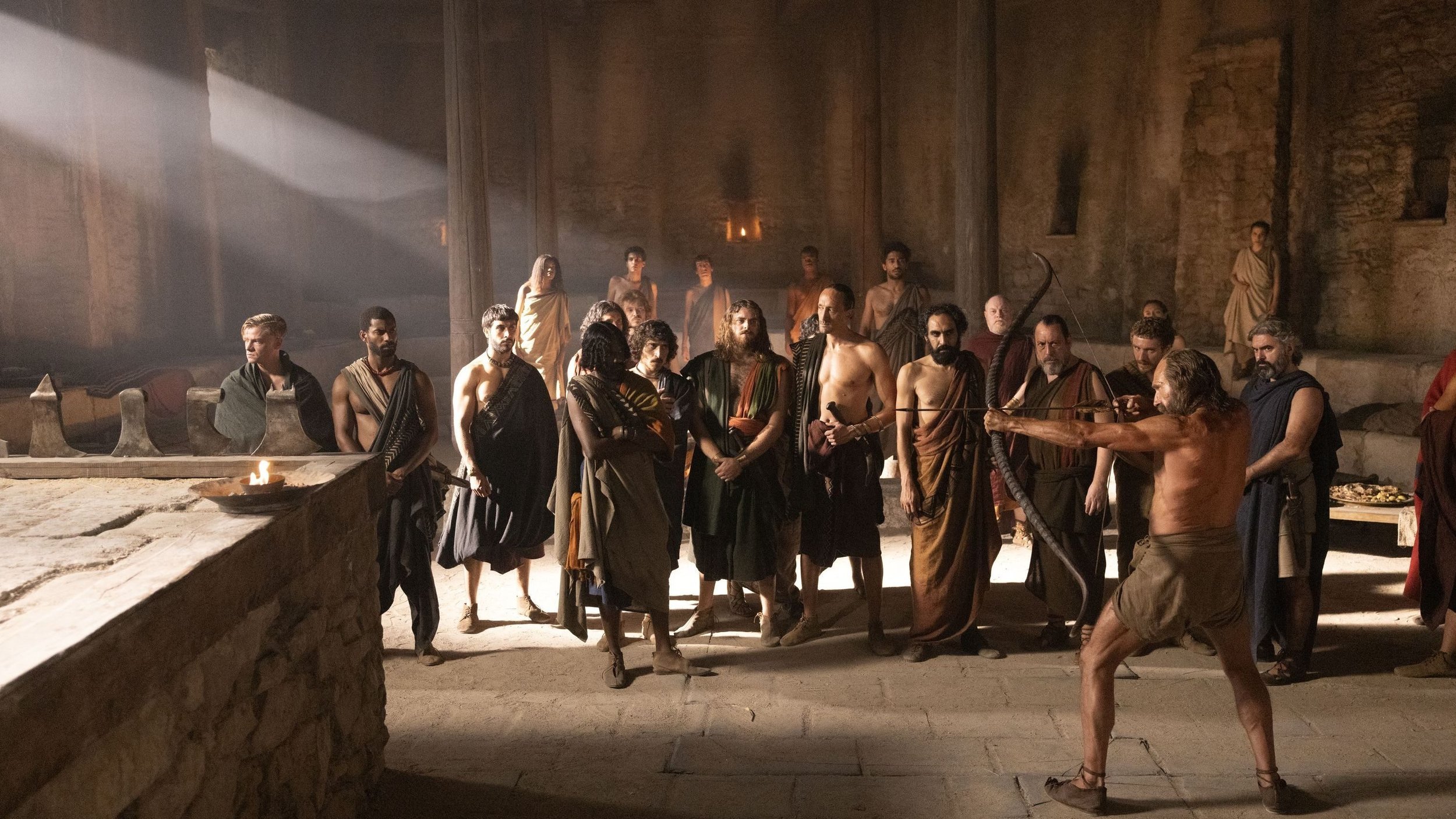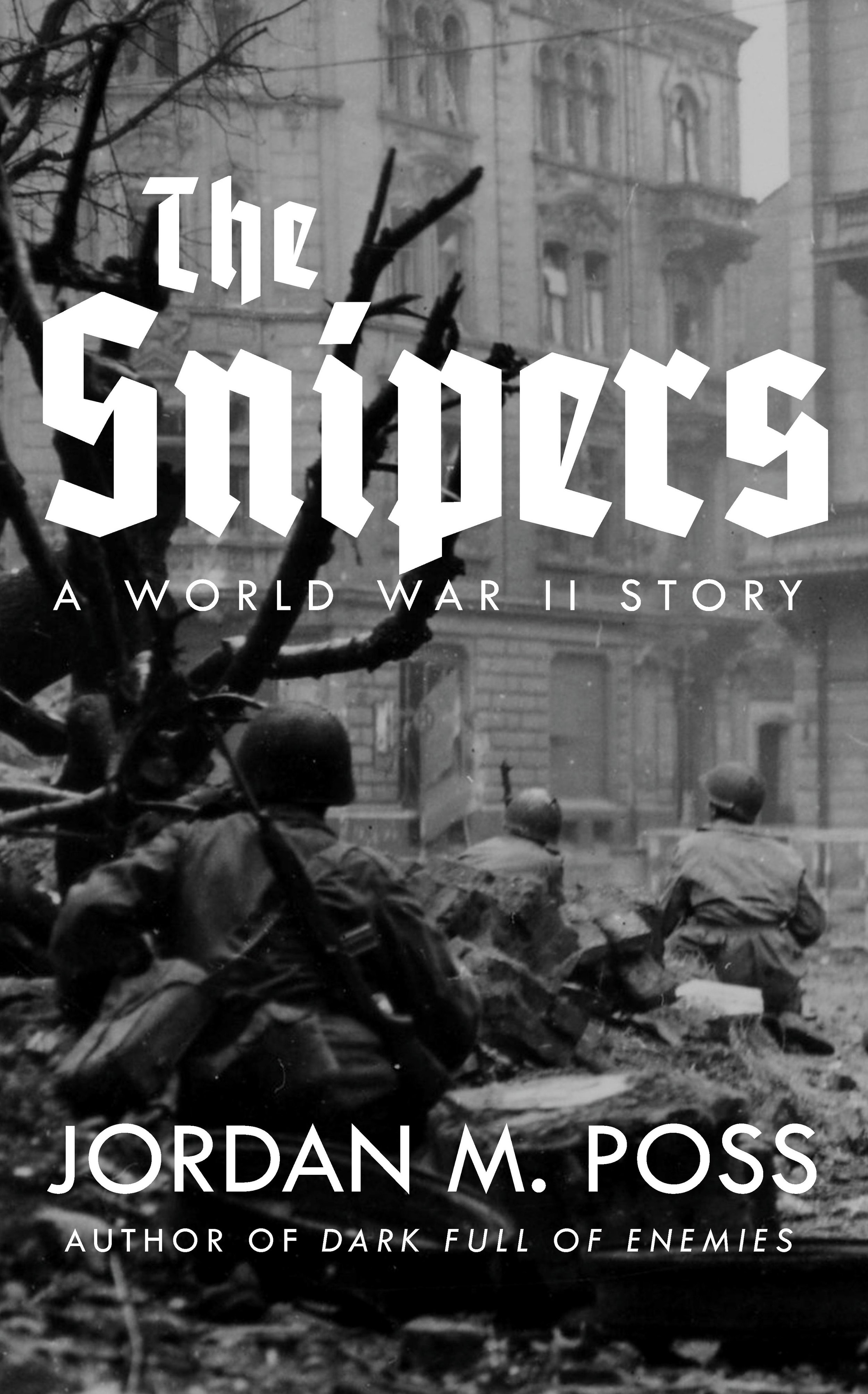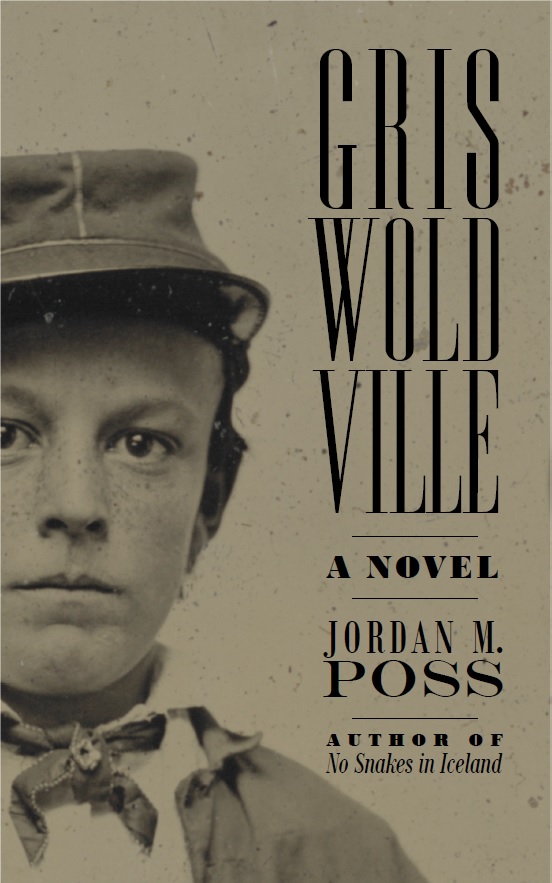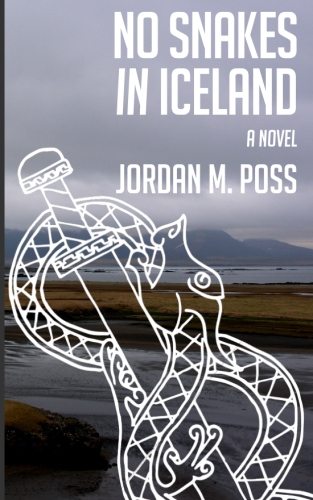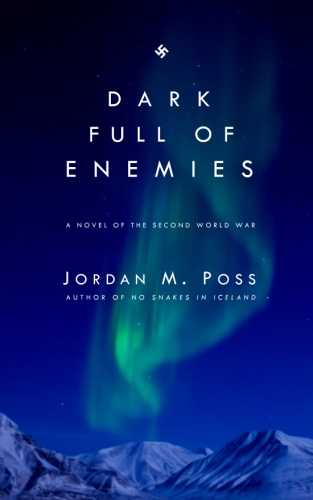Spring reading 2025
/It’s been a hard semester, but through it all I’ve had some astonishingly good reading. With over thirty books read I feel like my reading has finally bounced back from the birth of the twins almost two years ago. I had a hard time narrowing this list down, but below you’ll find a handful of favorite novels, history and general non-fiction, and kids’ books, as well as a few honorable mentions in the two main categories and the books I revisited this semester.
For the purposes of this post, my “spring” ended Monday the 19th, the first day of summer classes here at my school. As usual, audiobook “reads” are marked with an asterisk.
Favorite fiction
A Month in the Country, by JL Carr—A veteran of the Western Front, physically and spiritually broken, is commissioned to restore a defaced medieval mural in a small church in the English countryside. A short, seemingly simple, but rich, beautifully written, and moving story. One I plan to reread soon, as even while reading it I was aware that I wasn’t picking up all it had to offer.
The Anubis Gates, by Tim Powers—Brendan Doyle is an undistinguished scholar of 19th-century British literature and an expert on the obscure Romantic poet William Ashbless. When an eccentric businessman contacts Doyle with the opportunity to lead a group of millionaire tourists to 1810 London to attend a lecture by Samuel Taylor Coleridge, Doyle is skeptical but accepts. To his astonishment, the businessman’s time travel works—but Doyle is stranded in London when the party returns. Reduced to begging, he encounters Jacky, a girl disguising herself as a man in order to avenge her murdered brother; Horrabin, a terrifying street-performing clown who leads an army of beggars from an underground hideout; Dr Romany, a magician with ties to the gods of ancient Egypt; and Dog-Face Joe, a werewolf with the ability to swap bodies as the one he occupies becomes more and more obviously a monster. As Doyle simply tries to survive and find a way back to the present—with the help, he hopes, of Ashbless, whom he knows from his research will be in London soon—all of these characters try to use him, and even the businessman who got Doyle into this mess turns out to have hidden designs for Doyle, for Dog-Face Joe, and for the capabilities he has developed. This is the best kind of time-travel story, with minimal explanation of how the technology actually works and a great emphasis on a realistically rendered past for the characters to get lost in. The horror elements are, as a friend put it, a “fever dream,” a totally involving and mysterious adventure, and the intricately constructed plot resolves with one of Powers’s most satisfying conclusions. One of the most purely absorbing and enjoyable reads I’ve had in a while.
Gabriel’s Moon, by William Boyd—A short but complex and well plotted spy novel concerning a journalist, having gotten a rare interview with the president of a revolutionary government in the decolonizing Africa of the early 1960s, being slowly pulled into the world of espionage and deception. Shades of Buchan and Ambler with a more powerful sense of uncertainty and paranoia than is usual in either. Full review on the blog here.
Bomber, by Len Deighton—The story of a single day and a single fictitious air raid by the RAF on Germany in the middle of World War II. Deighton moves between the bomber crews, ground personnel, German radar operators and night fighter crews, and the civilians and military authorities of the small German town that the bombers, through technical malfunction and bad luck, accidentally target. Brilliantly executed, gripping from beginning to end, with powerful and moving irony throughout. With The Anubis Gates, one of the best novels I’ve read in a long time.
Lucky Jim, by Kingsley Amis—The Jim of the title is Jim Dixon, a lecturer in history at a small English university. Jim is not very enthusiastic about his job but needs to pass the review chaired by his department head, the vague, inscrutable Professor Welch, in order to have his probationary position made permanent. In his increasingly desperate attempts to ingratiate himself with Welch he gets drunk and embarrasses himself at a party hosted by the Welches, antagonizes Bertrand, Welch’s bohemian artist son, and must contend with a manipulative sometime girlfriend, irrationally hostile flatmates, an earnest student who knows more than he does, and his own growing attraction to Bertrand’s girlfriend, the angelically beautiful Christine. Hilarious and cringe-inducing, Lucky Jim’s vision of hapless academia is often all too recognizable, and Jim himself vies with Ignatius J Reilly as the worst-case-scenario version of myself. Another one I intend to revisit soon.
The Friends of Eddie Coyle, by George V Higgins—A short, snappy crime thriller about low-level Boston thugs selling guns and an aging con trying to play the cops and other crooks off each other to his own advantage. Any plot summary will make the novel sound more familiar and predictable than it is. Higgins’s dialogue is excellent and his storytelling reads like an even more stripped down version of Elmore Leonard. A great surprise, and I’m going to seek out more of Higgins’s work.
Runners up:
Call for the Dead and A Murder of Quality, by John Le Carré—Two short, brisk, sharply observed detective stories that also happened to introduce George Smiley, one of literature’s greatest spy characters, to the world. Read before revisiting The Spy Who Came in From the Cold for the first time since grad school.
Baron Bagge, by Alexander Lernet-Holenia—A moving, dreamlike novella about an Austrian cavalryman’s brushes with love and death during World War I. Full review for Substack forthcoming.
Eight Hours from England, by Anthony Quayle—An involving fictional account of one of World War II’s many frustrating side-shows by a man in a thick of it. Full review on the blog here.
Special mention
Back in January I read Uppsala Books’ newly republished edition of Waltharius, a medieval Latin epic translated by Brian Murdoch. The story is set in the mid-5th century and concerns Walther of Aquitaine, Attila the Hun (briefly), and other semi-historical figures familiar from centuries of subsequent legend and poetry. I greatly enjoyed it, and wrote about it in some detail here.
Favorite non-fiction
Van Gogh Has a Broken Heart, by Russ Ramsey—The followup to my favorite non-fiction read last year, Rembrandt is in the Wind, this volume is not quite as good as that book but was still a thoroughly involving, moving, and thought-provoking look at art and faith with the added dimensions of pain and suffering as a theme. I hope to revisit both of Ramsey’s books sometime soon.
Ian Fleming: The Complete Man, by Nicholas Shakespeare—A massive account of the life of James Bond’s creator. Shakespeare has not only read every source, he has spoken to every possible living connection to Fleming and incorporates all of it into the story. At first the level of detail is overwhelming but once Fleming reaches adulthood and steps into his crucial role in British intelligence during World War II the book settles into a confident stride and breezes through hundreds of pages. The result is an exhaustively detailed picture of Fleming, his world, and his work. Bond doesn’t come along until at least two-thirds of the way through, a good reminder of how much life Fleming was drawing from by the time he created this character. It is also powerfully sad. One gets a sense of Fleming as both a first-rate bounder and a damaged little boy who lost a sterling father and lived his life under the thumb of a ghoulish, manipulative mother—and then married a woman just like her, who mocked his books with her highbrow friends during all-night salons while Fleming tried to catch up on sleep. Far from “failing upwards” because he was posh, as I’ve seen some online critics of Fleming assert, Shakespeare shows that Fleming had both natural talent and a powerful work ethic alongside serious personal flaws. Charm and connections may have gotten him far but can’t account for his success—as reporter, intelligence officer, and finally novelist. This is probably far more Fleming than casual readers will want to spend time with, but a very good biography and a worthwhile read.
Edgar Allan Poe: His Life and Legacy, by Jeffrey Meyers—A comprehensive, readable, and fair biography of Poe that pays good attention to his life, character, work, and reputation. A few years ago I read short biographies of Poe by Peter Ackroyd and Paul Collins as well as thematic studies of his life and work—Poe and science, Poe and the American city. I’d recommend Meyers’s longer biography to anyone wanting a more thorough treatment. His examination of the confusing and controversial parts of Poe’s life is especially judicious, and his account of the posthumous smearing of Poe’s reputation and the long process of rehabilitation since is very good.
Bad Therapy: Why the Kids Aren’t Growing Up, by Abigail Shrier—Why do so many kids from affluent families have vaguely-defined anxiety? Why do so many in sheltered suburbs suffer from trauma? Why are so many taking psychoactive meds? Why are so many seeing therapists? And, most importantly, why is none of it helping? Shrier’s basic thesis is that modern American parents, operating from fundamentally flawed premises about harm, have panicked and committed whole generations to regimes of psychiatric “help” that actually leave them emotionally stunted and make them more anxious, passive, morbidly self-absorbed, and less resilient. Shrier couples this with a critique of the child psych industry and the dangerous theories its practitioners often field-test through their patients. A tough but necessary read. Should pair well with The Anxious Generation, by Jonathan Haidt, which my wife read about the time I was reading this and which I mean to read sometime soon.
The Magic of Silence: Caspar David Friedrich’s Journey Through Time, by Florian Illies, trans. Tony Crawford—A wide-ranging thematic account of the life and art of the great German Romantic painter as well as a poignant, often bitterly ironic look at his work’s afterlife—forgotten, rediscovered, repurposed, occasionally stolen, and much of it destroyed. Full review on the blog here.
Runners up:
Remaking the World: How 1776 Created the Post-Christian West, by Andrew Wilson—An interesting look at the political events, social trends, and intellectual currents in a single year that contributed to our present WEIRDER world. I found some chapters weak and the overall point muddled, but the majority of the book is excellent.
Lawless Republic: The Rise of Cicero and the Decline of Rome, by Josiah Osgood—A good overview of Cicero’s legal career that also attempts to chart the breakdown of law and order in the late Republic. The former is better than the latter, which is when the author strains for relevance or lessons in this story.
UFO: The Inside Story of the US Government’s Search for Alien Life Here—and Out There, by Garret M Graff—An enjoyable if necessarily incomplete survey of the evolution of the UFO phenomenon since World War II. Full review on the blog here.
Rereads
The Spy Who Came in From the Cold, by John Le Carré
Heart of Darkness, by Joseph Conrad
Starship Troopers, by Robert Heinlein
On the Marble Cliffs, by Ernst Jünger*
The Book of Three, by Lloyd Alexander
The Black Cauldron, by Lloyd Alexander
Kids’ books
Macbeth: A Graphic Novel, adapted by Gareth Hinds from William Shakespeare
The Castle of Llyr, by Lloyd Alexander
Taran Wanderer, by Lloyd Alexander
Troubled Waters, by Sophie de Mullenheim
James and the Giant Peach, by Roald Dahl
Looking ahead
I’m still reading a few books I had started before my cutoff date and I have several more promising reads lined up, including more John Le Carré and Len Deighton and several books for John Buchan June. Stay tuned next month for those. In the meantime, I hope as always that this list leads you to something good to read, and that y’all have a pleasant and restful summer. Lord knows we need it.
Thanks for reading!







